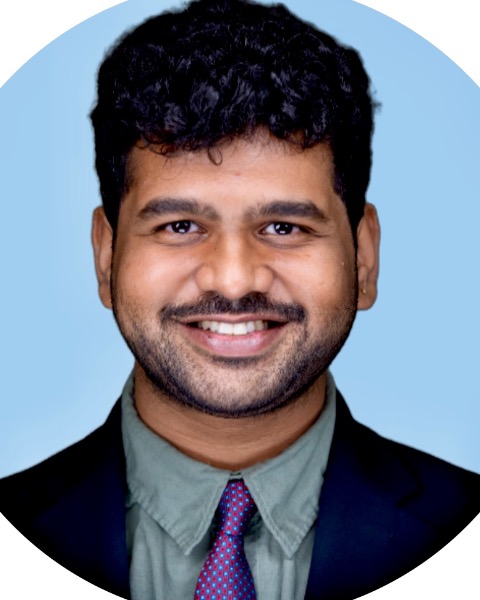Tuesday Poster Session
Category: Colon
P4573 - Advanced Machine Learning Framework for Predicting Polyp Evolution and Malignancy Risk in Gastroenterology: A Novel Approach to Personalized Surveillance and Early Intervention

Sri Harsha Boppana, MBBS, MD
Nassau University Medical Center
Hicksville, NY
Presenting Author(s)
1Nassau University Medical Center, East Meadow, NY; 2Virginia Commonwealth University, Richmond, VA; 3Florida State University, Cape Coral, FL; 4Florida International University, Florida, FL; 5Johns Hopkins University School of Medicine, Baltimore, MD
Introduction: Early prediction of polyp progression and malignancy is critical in gastroenterology to guide timely intervention for high-risk cases. Conventional approaches often overlook the dynamic nature of lesion development and fail to integrate multimodal data, limiting their prognostic power. To address these gaps, we present a novel machine-learning framework that combines longitudinal simulation, advanced imaging analysis, and patient metadata to enhance prediction of polyp evolution and risk stratification.
Methods:
We used the ERC PMP-v5 dataset, comprising 796 high-resolution images and 21 annotated endoscopic videos from 217 patients, to train and test our models. Two complementary pipelines were developed:
Polyp Evolution Model: We generated synthetic time-series sequences over 30 months at six-month intervals to simulate growth trajectories. An LSTM-based regressor, trained on these artificial sequences, predicted size changes with a mean absolute error (MAE) of 0.0689. Concurrently, a transformer-based classifier distinguished morphological transitions (e.g., tubular to villous or adenocarcinoma) with 85 percent accuracy. These outputs yield interval-specific clinical insights.
Fusion Model for Malignancy and Recurrence: We extracted imaging features via a Vision Transformer and encoded clinical metadata (age, family history, histology, etc.). A fusion network combined these inputs to predict malignancy risk and recurrence, achieving 99.89 percent accuracy. Patients were stratified into low, moderate, and high-risk categories to inform surveillance intervals.
Results: The LSTM regressor reliably forecasted critical size milestones—predicting a 0.09 cm tubular polyp at six months (low risk) and a 0.30 cm villous lesion at 30 months (high risk). The transformer classifier accurately identified high-risk morphology changes, enabling early clinical action. The fusion model’s near-perfect accuracy in malignancy and recurrence prediction facilitated clear risk stratification: low-risk patients were advised follow-up in 1–3 years, moderate-risk in 6–12 months, and high-risk within 3–6 months.
Discussion: By integrating LSTM and transformer architectures with a ViT-based fusion approach, our framework delivers precise predictions of polyp growth, morphological transformation, and malignancy risk. This method supports personalized surveillance recommendations and prioritizes high-risk cases, underscoring the potential of advanced machine learning to transform decision-making in gastroenterology.
Disclosures:
Sri Harsha Boppana indicated no relevant financial relationships.
Manaswitha Thota indicated no relevant financial relationships.
Gautam Maddineni indicated no relevant financial relationships.
Sachin Sravan Kumar Komati indicated no relevant financial relationships.
C. David Mintz indicated no relevant financial relationships.
Sri Harsha Boppana, MBBS, MD1, Manaswitha Thota, MD2, Gautam Maddineni, MD3, Sachin Sravan Kumar Komati, 4, C. David Mintz, MD, PhD5. P4573 - Advanced Machine Learning Framework for Predicting Polyp Evolution and Malignancy Risk in Gastroenterology: A Novel Approach to Personalized Surveillance and Early Intervention, ACG 2025 Annual Scientific Meeting Abstracts. Phoenix, AZ: American College of Gastroenterology.
